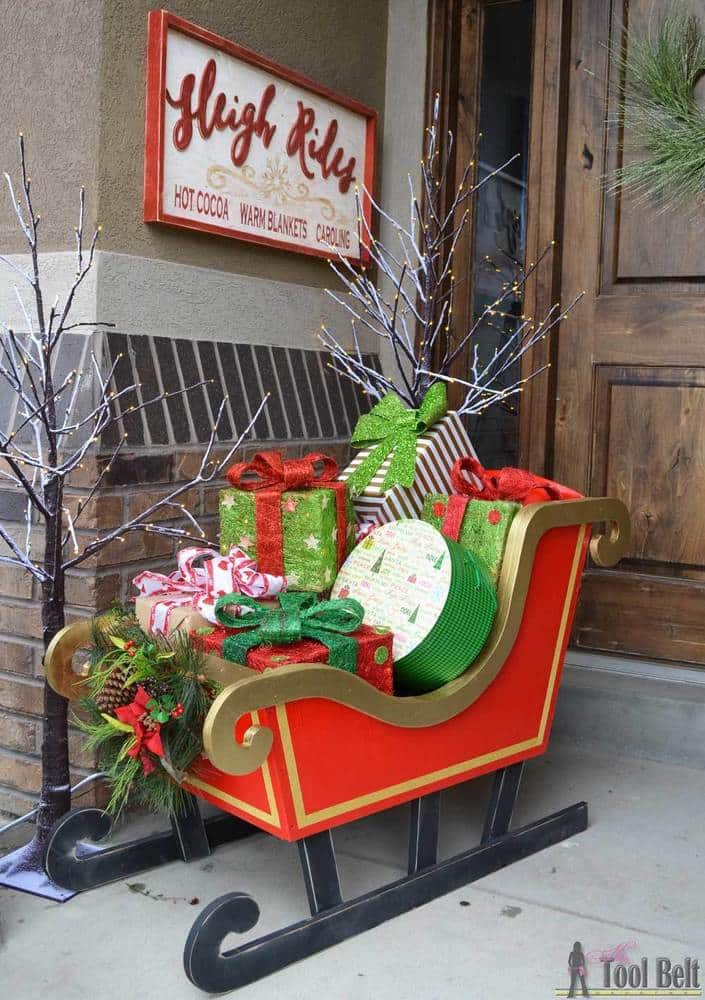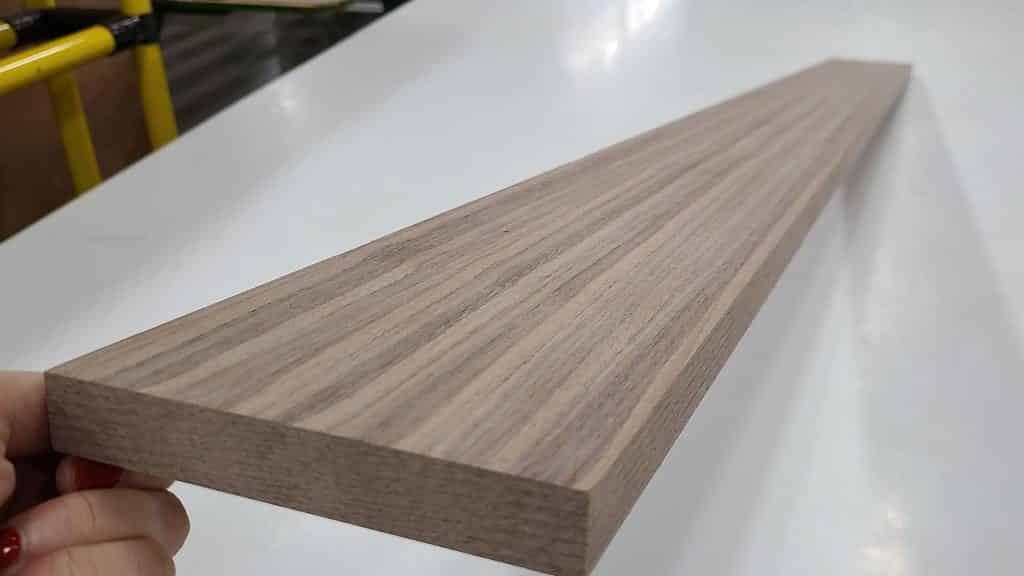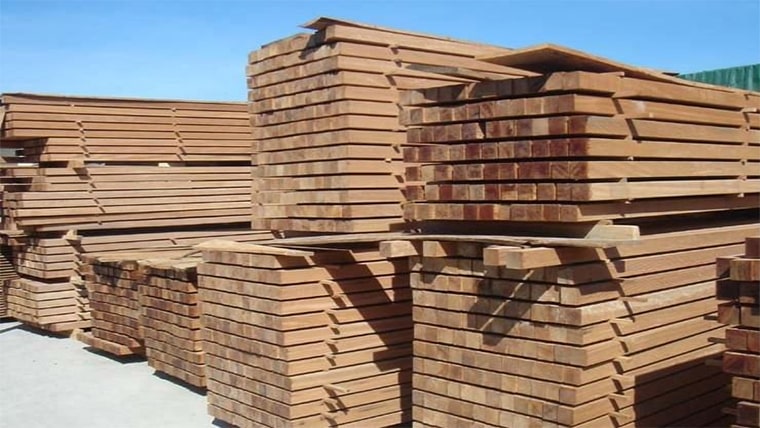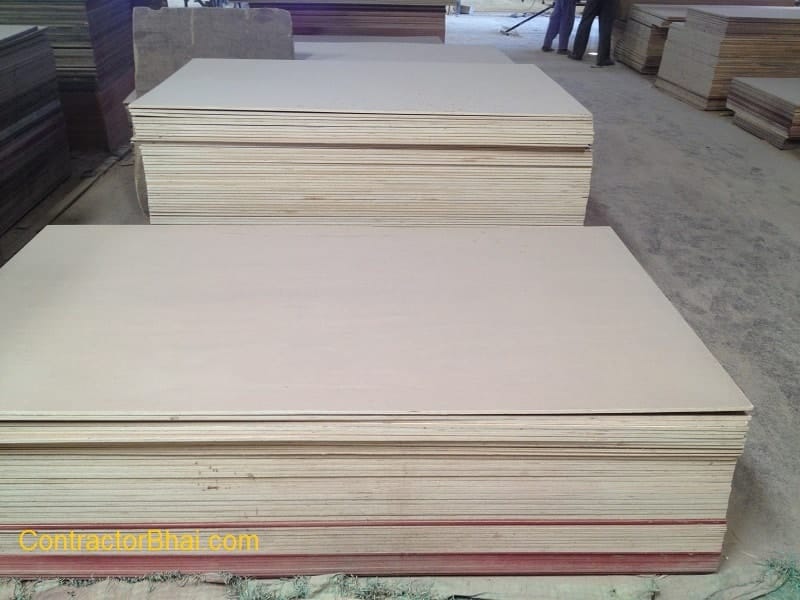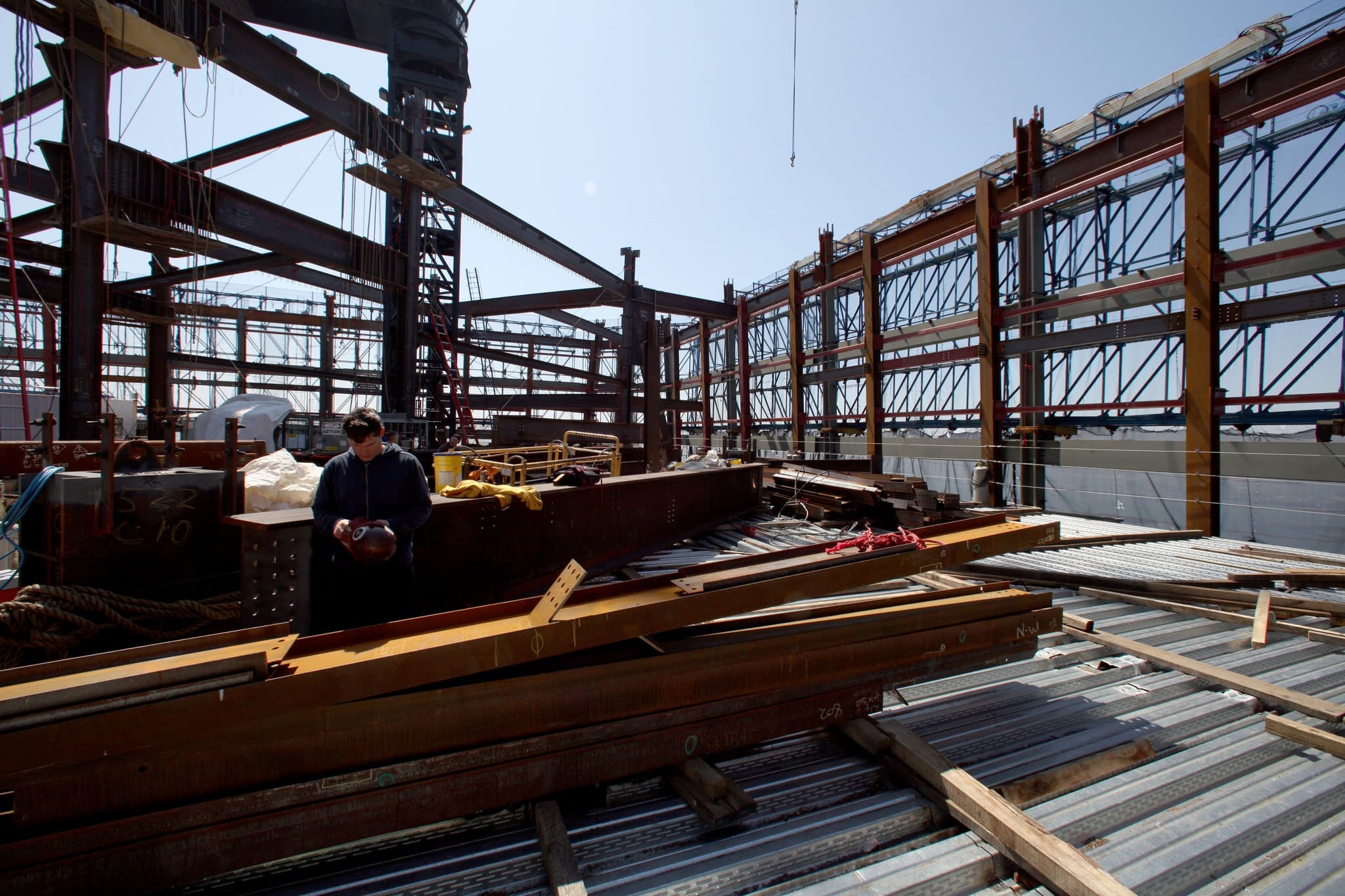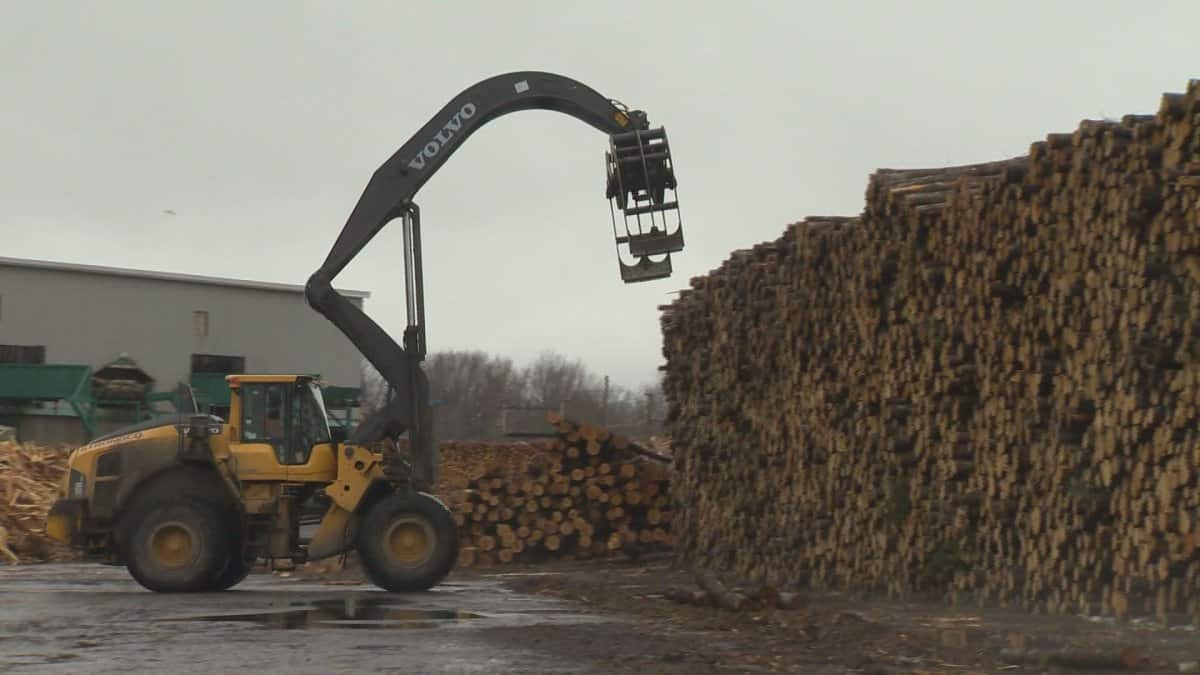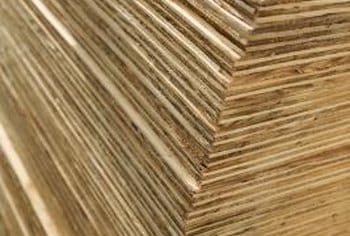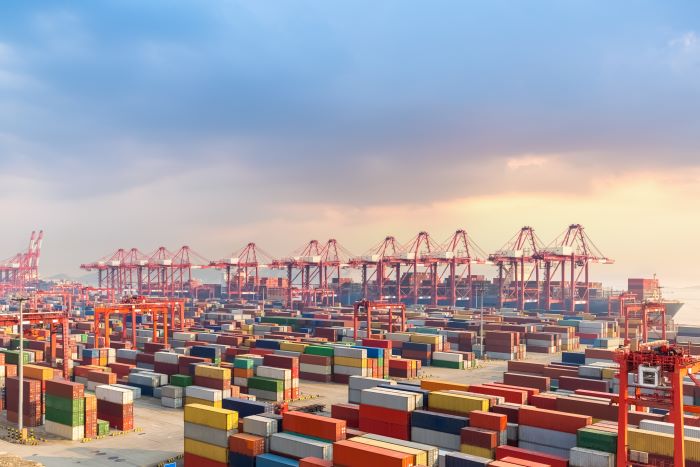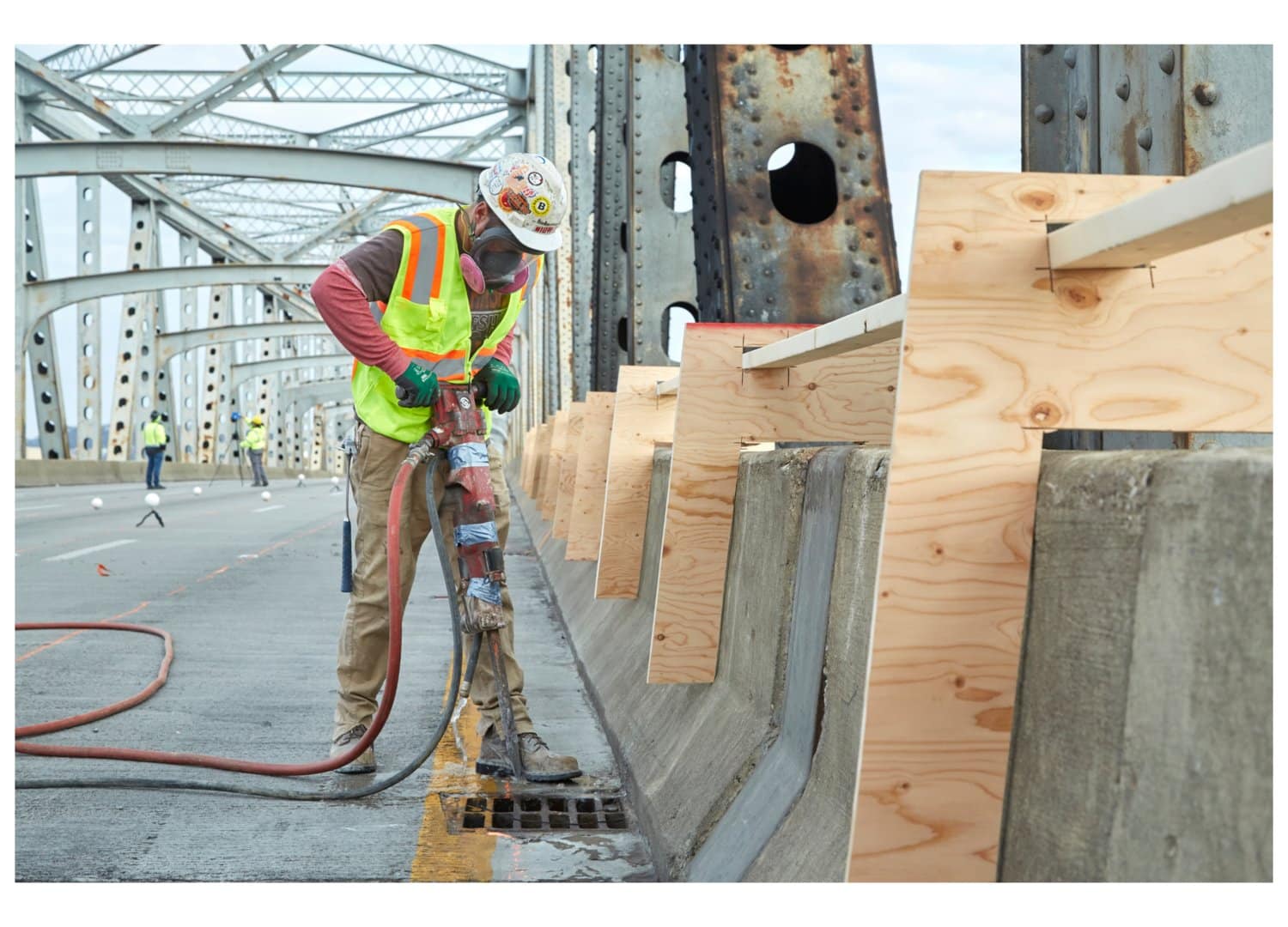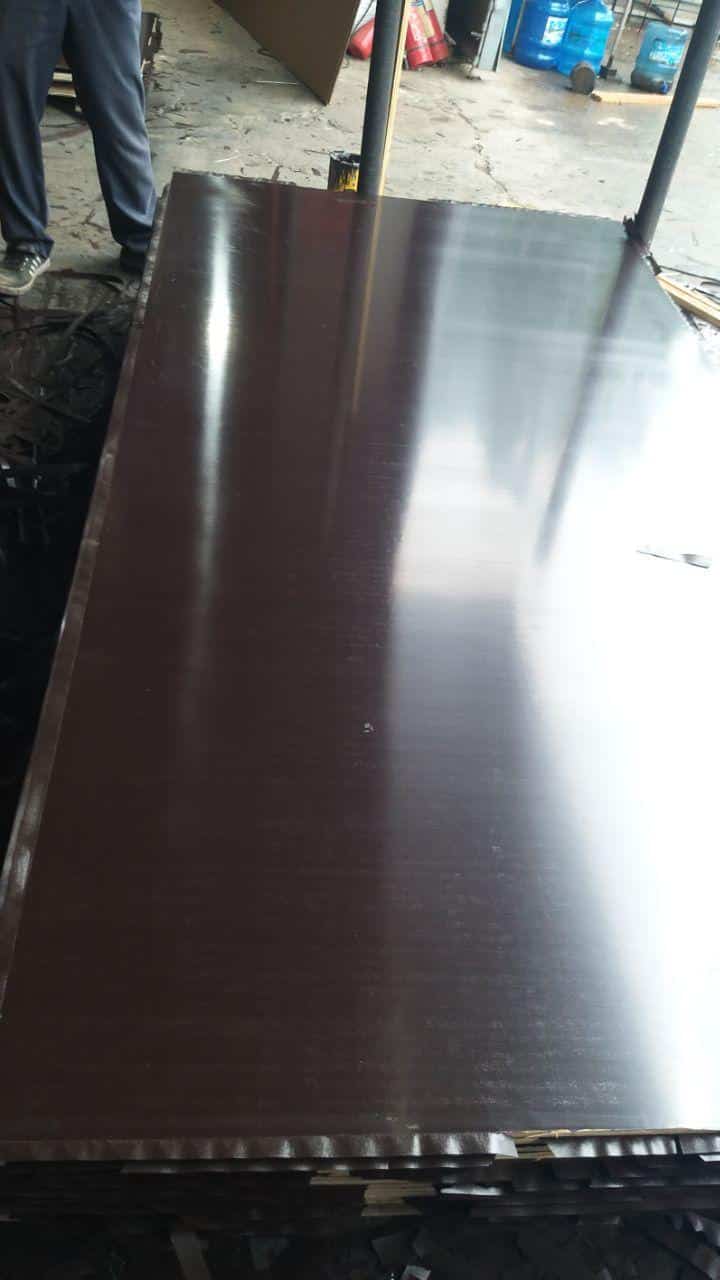
By Kimberly Crawford – Plywood has been a cheap choice for all woodwork projects throughout the years. For newbies, you might get overwhelmed in knowing that there are more types of plywood than you would think. Types of SucculentsPlay Video
The untrained eye would choose callously, and this is the reason why you must know the essentials in plywood shopping.
Specifically, you must know the types of plywood and other important information regarding this workable wood product. As such, we will cover everything that you need to know about plywood in this post so read on.
In this article: [show]
What is plywood?
Plywood is a composite wood product. It is produced using wood veneers stripped from wood logs from hardwoods, softwoods, and more. These wood veneers are typically glued but higher-grade plywood is pressed and heated through more elaborate processes. The best angle should be taken before binding the wood veneers together so that the wood grains are preserved.
Plywood is more preferred over 2×4 logs because they have more stable surfaces. This is because of the fact that plywood does not expand even when there is moisture across the board’s grain. Aside from this, the processes that plywood goes through, makes it resistant to cracking, shrinking, breaking, and warping.
There are many types of plywood but generally, the thickness of each is based on the number of plies it has. The most common plywood is 3-ply. The sturdier ones come in 5-ply or multi-ply.
17 Types of Plywood
As has been said, shopping for the right plywood type for your home projects is not a walk on the beach. With this, you need to be acquainted with the following types of plywood.
1. Softwood Plywood

The name suggests that this type of plywood was made out of softwoods like redwood, cedar, or pinewoods. Although these woods are generally pitted against the sturdier hardwoods, you would be surprised to know that softwood plywood is used for heavy woodworks. This includes roof sheathing, laid down as home subfloors, and frame sheathing for home exteriors.
Other uses of softwood plywood would be in constructing tool sheds at home, shelves, and dog houses.
2. Hardwood Plywood

In contrast, this type of plywood is made of wood veneers from walnut, oak, maple, and birch woods. Usually, hardwood plywood is made of seven and more layers making them very sturdy. Manufacturing this needs gluing the veneers at the right depth and angle to support heavy woodwork projects.
Hardwood plywood is used for projects which need a durable frame like musical instruments, wood casings, sports equipment, and of course, in making furniture.
3. Aircraft Plywood

This one is considered one of the most durable and highest-grade plywood out there. It is made specifically from hardwoods that are not vulnerable to moisture and too much heat such as birch and also mahogany.
Aircraft plywood is made of thinner wood veneers to keep it lightweight and more workable. With these features, aircraft plywood is usually used for aircraft building, rafters and boats, furniture that is meant to carry heavier loads, and buildings that require industrial-strength plywood.
4. Exterior Plywood
As the term implies, this type of plywood is used for exterior woodworks. As such, it is manufactured and glued using water and weather-resistant adhesive. Good quality exterior plywood will provide strong wood frames for many decades.
This type of wood is categorized as a multi-ply. Note that each location would have different weather conditions. It is because of this reason that oak exterior plywood has greater leverage among the various types of exterior plywood as they are mold and mildew-resistant even in extra-moist locations.
5. Lumber Core Plywood

This one is specifically designed 3-ply. Usually, it is made by laying down a thick wood core and gluing two thin wood veneers on each of its sides. The outer surface of lumber core plywood is made of hardwood like birch, maple, and oak. The inner layers are made of strips of various types of softwood glued together, forming a sturdy wood slab.
Having a softer interior gives it more value for projects that need to be nailed and screwed as you can easily attach them to the softer interior. This is quite a gamble, however, because if you choose wrongly, the nails and screws might not hold.
6. Marine Plywood

This is not water-resistant plywood albeit the label. Being the most common plywood yet most high-grade constructed plywood, you have to understand that the term reflects more the grade of the plywood, which is marine-grade using waterproof adhesives. As a plywood type, it is distinguishable with the absence of knotholes.
This one is often made of firwood or larch, making it durable and sturdy. However, it is manufactured raw, without chemicals. As such, it is not resistant to rot, mildew, and molds. It is used mainly for exterior structures such as plant boxes, benches, decks, and gazebos.
7. Overlaid Plywood

It gets its name for having an overlaid surface giving off a strong wood finish look. It follows the regular way of making plywood which is gluing wood veneers using waterproof adhesives. However, overlaid plywood comes in either medium or heavy density because the wood veneers are bonded in high heat and pressure processes.
High density overlaid plywood is more expensive than medium overlaid plywood because more resin is poured into them. The smooth wood finish on the surface is more for function than aesthetics. Through this, you can depend on its durability while avoiding dust and water particles from damaging the wood. This also makes it scratch-resistant.
8. Structural Plywood

It is also called sheathing plywood because of its known durability both in framing and building. The strongest, most waterproof glues are used in manufacturing structural plywood. Usually, they are graded as C or D. And although they are very durable, they cannot be graded higher because they will become expensive for construction.
Structural plywood is, however, not that flexible when it comes to harsh weather conditions. Nonetheless, they are still the favorite choices for indoor and outdoor woodworks.
9. Tropical Plywood

It is considered as the Asian counterpart of softwood plywood because they really look similar. It is made of tropical timber from countries such as Indonesia, Malaysia, and the Philippines. It is prevalently exported in the UK and the US. It is loved for its a-grade density, evenness in terms of its layers, and superior strength.
10. Flexible plywood

As the name suggests, flexible plywood is for curves and bending. As such, it is used for the curved parts of construction frames and also in furniture making. It is made out of a cross-grained central ply and thicker cross-grained plys on both sides. To get a shinier surface, overlaid wood veneers are added to the front surface.
In the UK, it is often referenced as the hatters ply since they were once used in making stove-pipe hats during the Victorian era.
11. Construction Plywood

This one is an umbrella term for many products. It is divided between structural and non-structural panels in which particleboards, MDF core ply, and foam boards, among others, are included. The non-structural boards may look soft but all construction plywoods are incredibly sturdy.
12. Veneer core plywood

This is distinguishable for its odd-numbered veneers in its core. It is usually constructed with a center veneer and on its sides are alternately glued cross-grained veneers. It is all-around plywood because it has the ability to hold greater weight, has the softness that allows nail and screw holding and the flexibility to be bent in curves.
13. MDF core

It is often contrasted to particleboards. The main difference is that the MDF core is made out of individual wood fibers. It is very neat to work with since it does not produce wood chips or sawdust. It is also flatter than most softwood ply boards making it the top choice for furniture base. It is also very workable with paints and also resin or vinyl coating.
The only downside to this plywood type is that it is heavier than most types of plywood.
Compared to particleboard, it is sturdier and more durable.
14. ApplePly

This one is distinguished from softwood and hardwood plywood because it has more layers than them although they look similar in grains and color. To construct it, strips of birch and alder wood are laminated together.
This produces a sturdy and at the same time light wood board making it a top choice in making cabinets and other wood furniture. It is also generally easy to work with as it does not tear or fuzz even with the use of heavy-duty cutting machines.
15. Exterior sheathing plywood

There are many types of exterior sheathing plywood such as CDX but the most common is the OSB. It is a re-engineered plywood that is two times stronger than standard plywood. It is used mainly for roofing, exterior sheathing, and roof decking.
It is joined by waterproof adhesive and most of the time semi-exposed to prevent wearing. It is sometimes compared to particle board too because it has the same compressed wood flakes too, scattered in various angles.
16. Subfloor plywood

Subfloor is an important part of the whole construction project because it is where the floor finish will be attached. Subfloor plywood is a cheaper choice compared to the concrete subfloor. In this case, two subfloor plywood are on the forefront: OSB plywood and CDX plywood. Both are sturdier than regular ply but also soft enough for nailing.
17. Sundeala board

This one is by far the most sustainable of all the plywood types. It is made of recycled newspapers, reinforced to make sturdy plywood that is not just eco-friendly but also long-lasting. It is usually sized at 4×8 and comes with different color variants. This plywood is used as cork boards or information boards as well as in modeling railways.
Types of Ply
The term ply usually refers to the levels of thickness of various products including wood. This explains why there are thicker plyboards than others. The thickness of ply boards is created by gluing wood veneers on top of another. With this, we turn to the following types of ply.
3-Ply

As the term suggests, this ply board is made of three layers of wood veneer. It is considered the most common board thickness. It is used for lighter woodwork, mostly indoor woodworks like cabinets and drawers. It is used more for decorative purposes but still is found as durable as the others.
5-Ply

This one is made of five layers of wood veneers and is used for lighter use compared to 3 ply. As such, like the 3ply, it is also used for indoor woodworks that does not require much wood strength.
Multi-Ply

This one is produced out of eight or more wood veneers. This is the one used for exterior woodworks such as in roofing. It is also used in home construction, in establishing the frame and foundation of the building. Multi-ply boards are unyieldingly strong.
Plywood grades
Plywood follows a grade-system that tells you the quality of materials used in producing them and the price of the plyboard you will be buying. Typically, plywood grades follow an A, B, C, D system. A is, of course, the highest-grade plywood, and D is the lowest grade for plywood. But this is not the end because most plywood types come in two-letter grades.
You must know that the first letter grade denotes the quality of the front board while the second letter is for the wood grade of the back part. The two-letter grades are usually not similar. This will guide you on which part of the board you will designate as the front and back parts. Of course, the part with the lower grade is assigned as the back part.
Plywood grades will also guide you in terms of what they are most fit to use for. For example, A-C plywood grades are used for exterior panels and woodworks as they are more durable and water and weather-resistant. C and D grade plywood are more appropriate for interior woodworks but they should be covered adequately.
Regardless of the plywood grade, if the board has an additional letter ‘X’ at the end, this means that the plywood has met all the tests that will qualify it as strong exterior plywood. Of course, for high-end woodworks, grades A-B or CX are the best fit. They usually do not have knotholes giving a more workable surface painting and staining.
Plywood sizes
Talking about this means we are talking about the thickness and the length of the plywood. Usually, plywood comes in three sizes: 4x4ft, 4x8ft, and 4x9ft.
Plywood sizes have specific functions. Thinner sized plywood is used for greater flexibility. This means that they could be bent to construct irregularly shaped frames. Thicker plywood, on the other hand, is specifically built to survive harsher weather conditions and greater weight.
Plywood boards are generally very long. The good thing is, you can always ask the lumber to cut it into specifically sized pieces. This is very important because the tagged size in each plywood most of the time does not reflect the exact size of the plywood.
For example, a ¾ inch plywood will have a 1/31inch gap because, in reality, it measures at 23/32inch. You should also take note of the metric unit used by the lumber. While the standard is in inches, some still use millimeters. You have to take all of these into consideration when it comes to plywood sizes.
Plywood price
In terms of pricing, plywood grades are taken into consideration. For this section, we will provide the estimated plywood price for construction grade plywood and cabinet grade plywood.
For construction grade plywood, we have OSB and CDX ply. A 4×8 CDX sheet at 15/32” thickness costs $28-30 while a 4×8 23/32” thickness would cost $35-37. OSB ply on the other hand will cost $5-15 depending on the thickness.
For cabinet-grade plywood, sanded pine ply will cost $13-21 while hardwood ply will cost $18-45. Oak hardwood ply will typically range from $25-45 while birch plywood will cost from $41-45.
What is Plywood used for?
Plywood is a very flexible wood product as it could be used for a range of woodwork projects. Since it can be reinforced or can be polished with various decorative finishes, it is used for both interior and exterior work such to work as frames, building foundations, and other construction work such as sheaths and paneling.
And because it is made of different materials, which are all durable and sturdy in their own right, alongside being affordable, it is also used in shelving, furniture-making, casings, and generally all types of woodwork.
How do I choose plywood?
Choosing the best plywood for you should not be hard as long as you are wary of some specific considerations. To help you in sourcing out the best plywood for the job, here are some pointers to look out for when it comes to choosing plywood. These considerations range from the type and flatness of the plywood, the edges, the size and thickness of the plywood, and of course the plywood grade.
Type of plywood
Of course, it all starts with being knowledgeable about the type of plywood you are looking for. Each plywood has a specific strength used for specific tasks. As such, choosing the best type of plywood for the job will save you money and future repairs. For exterior projects, structural, lumber core, aircraft, hardwood, softwood, and marine would be good choices.
For sheathing and roofing, OSB and CDX plywood are the top choices. For cabinets and interior woodwork, softwood, marine, tropical and flexible plywood must be considered.
Flatness
The flatness of the plywood should also be a prime consideration. The rule of thumb is that, the flatter the plywood, the more workable it will be. Bowed plywood still exists commercially but note that they are harder to work with especially for large surfaces like doors, roof decks, or as a subfloor. Also note that if plywood is not 80-95% flat, there was a problem with the way it was glued.
Edges
As far as edges are concerned, we are talking about the thickness of the joined veneers which you can measure if you look at the edges of the plywood. Again, the following rule of thumb is that, the thicker the edges, the better the plywood.
Thin veneered plywood will have issues during sanding and finishing. Also, if gaps and knots are already visible in the edges, expect that there are more of them in the entire plywood sheet.
Size
In terms of size, you have to understand that just because it is thicker would mean that it is the best plywood for you. Although the most common size is 4×8, you still have to consult with your contractor or evaluate the project on which you will use the plyboard.
Note that the size of the ply board is related to its durability and strength. And since there are projects that need nailing and screwing, too hard plyboards might not be beneficial.
Plywood grade
Of course, the higher the plywood grade, the finer and smoother the plywood will be. However, you also have to remember that it is not necessary that you always buy A-grade plywood. For example, subflooring does not always require A-grade plywood.
The best fit would be grades C or D. But of course, for decking, roofing, and other exterior projects, you should always opt for A-grade plywood.
Brand
Most of the time, this is a salient buying guide especially for newbie plywood shoppers. Before going to the lumber, it might be helpful for you if you at least know some of the leading brands when it comes to plywood. You can also check on the types of plywood that they offer and compare and contrast their prices so that you have a working estimate of how much you will spend.
Reputable brands usually feature almost all types of plywood including their grades and variants. But if you have trusted local lumber in mind, you have nothing to worry about when it comes to your plywood shopping.
FAQs
So far, we have covered all the basic information that you need to know when it comes to plywood types and how to choose the best plywood for a specific woodwork task. However, there are still essential questions that need to be addressed and we will feature them all here under the frequently asked questions about the types of plywood.
What is the strongest type of plywood?
Marine plywood is considered the strongest type of plywood. It is pressed, heated, and polished to withstand moisture and too much heat. It is also crack, twist, and warp-resistant. Being the toughest plywood out there, it often comes in an A-A grade. And because it is generally water-resistant, it is used for both exterior and interior projects such as subflooring, roof decks, and basements.
What types of plywood is waterproof?
If you are looking for the types of plywood that could withstand moisture or rainwater, you should be looking for the following: CDX, pressure-treated plywood like construction plywood and structural plywood, marine-grade plywood, and OSB plywood.
What is the cheapest type of plywood?
In terms of plywood grade, the cheapest would be C and D grade plywood. This is because they have visible knots and the wood veneers were not repaired enough to minimize gaps. Regardless, they are still as durable and sturdy too. As a matter of fact, CDX plywood is considered as one of the most inexpensive plywood but is also one of the most durable for exterior and interior work.
In terms of type, construction plywood such as particle boards and foam boards would be the most inexpensive type of plywood.
What is the best plywood for kitchen cabinets?
Be it hanging or base cabinets, the best plywood type to use would be high-grade marine plywood. The kitchen is one of the moist locations of the home and you will need a plywood type that could withstand this as it draws molds, mildews, and rots.
And since marine-grade plywood is moist-resistant, it is considered the best plywood type for kitchen cabinets. Runner-ups would be hardwood and softwood plywood.
Which plywood is good for interiors?
Through the years, plywood has been used widely in interior fixtures and at present is now considered as the most used material for cabinets and shelves among others. The best plywood type for interiors would be the following:
- MR grade plywood also stands for moisture-resistant ply. It can be regular plywood or commercial plywood. They are best for interior fixtures in the living room and the kitchen but not for the bathroom.
- BR grade plywood which stands for boiling water-resistant ply. This is just the more technical term for marine ply. This one is more moisture-resistant and can be used for the kitchen and in the bathroom.
- Construction plywood specifically particleboard and MDF or medium density fiber. Although they are not moisture-resistant, they are good in building interior fixtures such as cabinets, home decorations, and other lightweight furniture.
- Other plywood types that you could use are tropical plywood and overlaid plywood.
What is the best plywood for outdoor use?
For outdoor use such as roofing or decking, among others, you will need plywood types that will be able to withstand harsh weather conditions. In this case, the best plywood for outdoor use would be hardwood plywood, structural plywood, exterior plywood, ACX grade plywood, and marine-grade plywood.
What is the best marine plywood?
Marine plywood is specifically designed for extreme durability and is made of Western larch or Douglas fir. They are very fine, coming with no knotholes. The best marine plywood is of course A-A to A-B marine. Runner up is a high-density overlay marine ply.
Is MDF stronger than plywood?
It is a common understanding that MDF is a notch higher than plywood. As a matter of fact, MDF is akin to solid wood or hardwood. It is an engineered wood that is stronger, denser, and more durable than plywood.
As such, MDF is used for heavy-duty cabinets and shelves as well as for exterior use. MDF is designed for drilling, cutting, and being processed through machines. On the other hand, plywood can be used in building staircases, doors, exterior fixtures, and subflooring.
Is OSB as good as plywood?
Since they come from the same mold of smaller pieces of wood glued together, OSBs are also called OSB plywood. It can be said that OSB is as good or even better as plywood because, in terms of shear value, OSB is 2times stronger than plywood.
OSB is thicker, longer, and more workable than some types of plywood. As such, OSB is used as an alternative for exterior fixtures such as roof decks, roof sheathing, and others.
Conclusion

Plywood has become a go-to wood material as the years go by and it is understandable for many reasons. Aside from being an affordable choice, the different types of plywood show us that there could be a cheaper choice for specific tasks. It might not be as classy as solid wood but you can count on plywood its low-maintenance quality and moisture-resistant characteristic.
Other than this, there are also types of wood that are warp, twist, and bend-resistant, a feature that is not present among solid wood. More than this, all your woodwork projects, be it exterior or interior, can be constructed by choosing the right plywood type which you can count on for durability. There are just a few considerations in choosing the best plywood for you, but these are just basic pointers that you can master in no time.
Vietnam Plywood
Vietnam Film Faced Plywood

